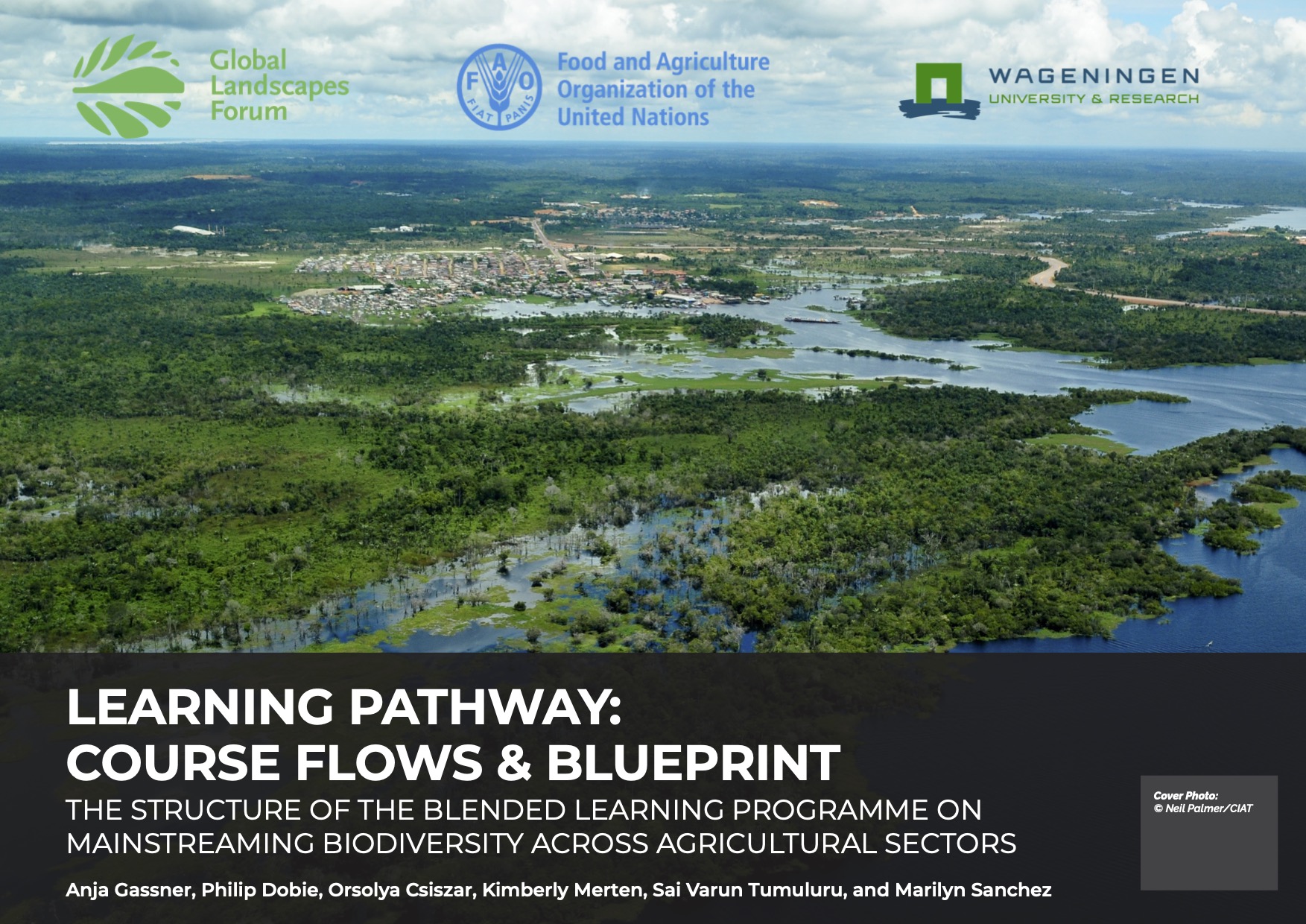Land use in much of sub-Saharan Africa is dominated by legislative frameworks based on a strong colonial legacy, focusing strongly on state control and minimal devolution of management responsibilities to local communities. However, attempts to reconcile conservation and socio-economic development by increasing stakeholder engagement in community-based natural resource management (CBNRM) have been undertaken since the late 1980s. Based on a review of published literature on historical land-use trajectories, the evolution of CBNRM, and key respondent interviews with NRM experts in Ghana and Zambia, this paper asks: What lessons can be learned from CBNRM to inform integrated landscape approaches for more equitable social and ecological outcomes? The paper discusses the positive characteristics and persistent challenges arising from CBNRM initiatives in both countries. The former being, improved rights and resource access, an established institutional structure at the local level, and a conservation approach tailored to the local context. The latter include the absence of multi-scale collaboration, inadequate inclusive and equitable local participation, and limited sustainability of CBNRM initiatives beyond short-term project funding timelines. The paper argues that integrated landscape approaches can address these challenges and improve natural resource management in Ghana and Zambia. We urge landscape practitioners to consider how the lessons learned from CBNRM are being addressed in practice, as they represent both challenges and opportunities for landscape approaches to improve natural resource management.
Download:
DOI:
https://doi.org/10.1505/146554821833992776
Skor altmetrik:
Jumlah Kutipan Dimensi:

Tahun publikasi
2021
Penulis
Adeyanju, S.; O’Connor, A.; Addoah, T.; Bayala, E.; Djoudi, H.; Moombe, K.B.; Reed, J.; Ros-Tonen, M.; Siangulube, F.; Sikanwe, A.; Sunderland, T.C.H.
Bahasa
English
Kata kunci
land use, community forestry, landscape conservation, natural resource management, local communities, livelihoods, conservation
Geografis
Zambia, Ghana



















